Hans M. Günther
An x-ray transmission grating spectrometer for Lynx
Hans M. Günther, Ralf HeilmannSPIE 10699-39 (2017)
Motivation
- Plenty of X-ray observations require high-res spectroscopy, e.g.
- temperature and density sensitive line ratios
- narrow line WHIM absorption
- resolve kinematic profile of wind emission lines
- ...
- Microcalorimeters are good at high energies
- Grating spectroscopy is better at low energies
- Lynx PSF + advanced gratings: > 10 times Chandra resolution
- Lynx mirror + advanced gratings: up to 1000 times Chandra area at O VII
Simulation input
- MARXS ray-trace code (Günther et al, ApJ, 2017):
- Freely available at https://github.com/Chandra-MARX/marxs/
- Hundreds of unit tests
- Tested against lab data and Chandra observations
- Written in Python
- Data:
- Mirror PSF: Assuming 0.5 arcsec half-power diameter
- Critical angle transmission gratings (CAT), etched from Si. Using predicted efficiencies for 5.7 micron deep gratings.
- Various filter curves, CCD QEs etc.
Size of grating facets
- Small grating facets follow the Rowland torus well, but more area is lost for mounting structures, also number goes up.
- Large gratings use the space better, but diverge from the ideal form more.
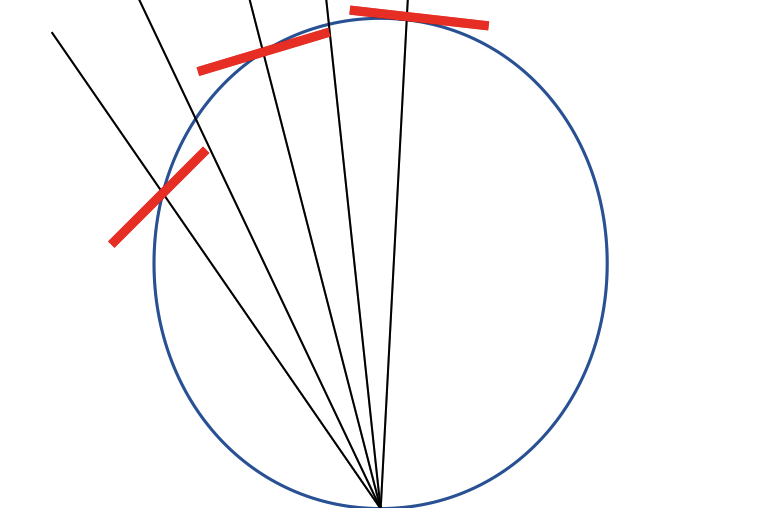
Can we have our cake and eat it, too?
The simple approach: Rectangular gratings

Can we have our cake and eat it, too?
Preserving the blaze: Bend gratings
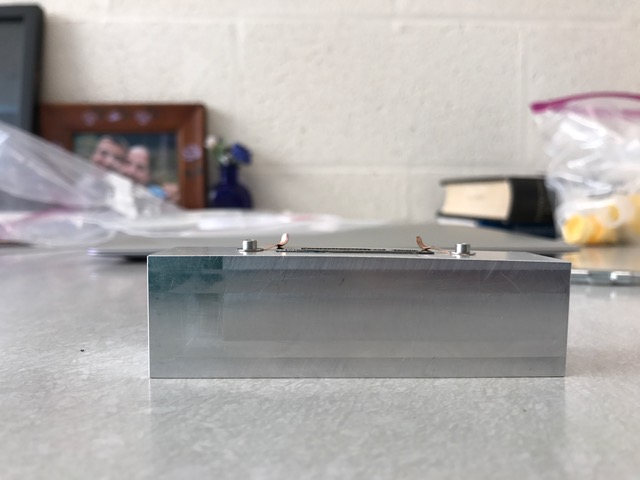
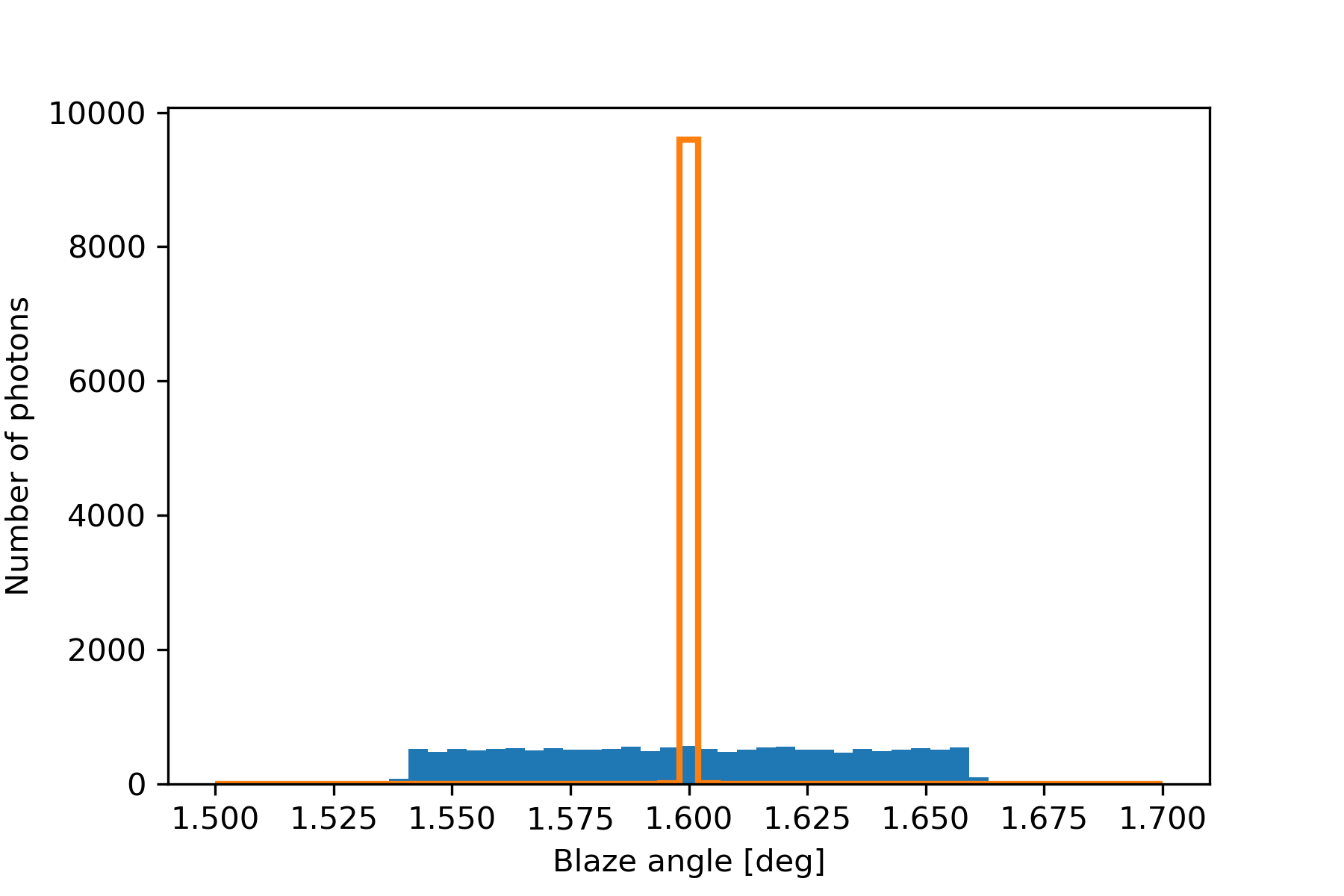
Can we have our cake and eat it, too?
Recovering the resolution: Chirped gratings
- projection lithography masks can be written in any pattern
- CAT grating production process with projection lithography is used for ARCUS
- talk to Ralf Heilmann
Trade off resolving power and effective area
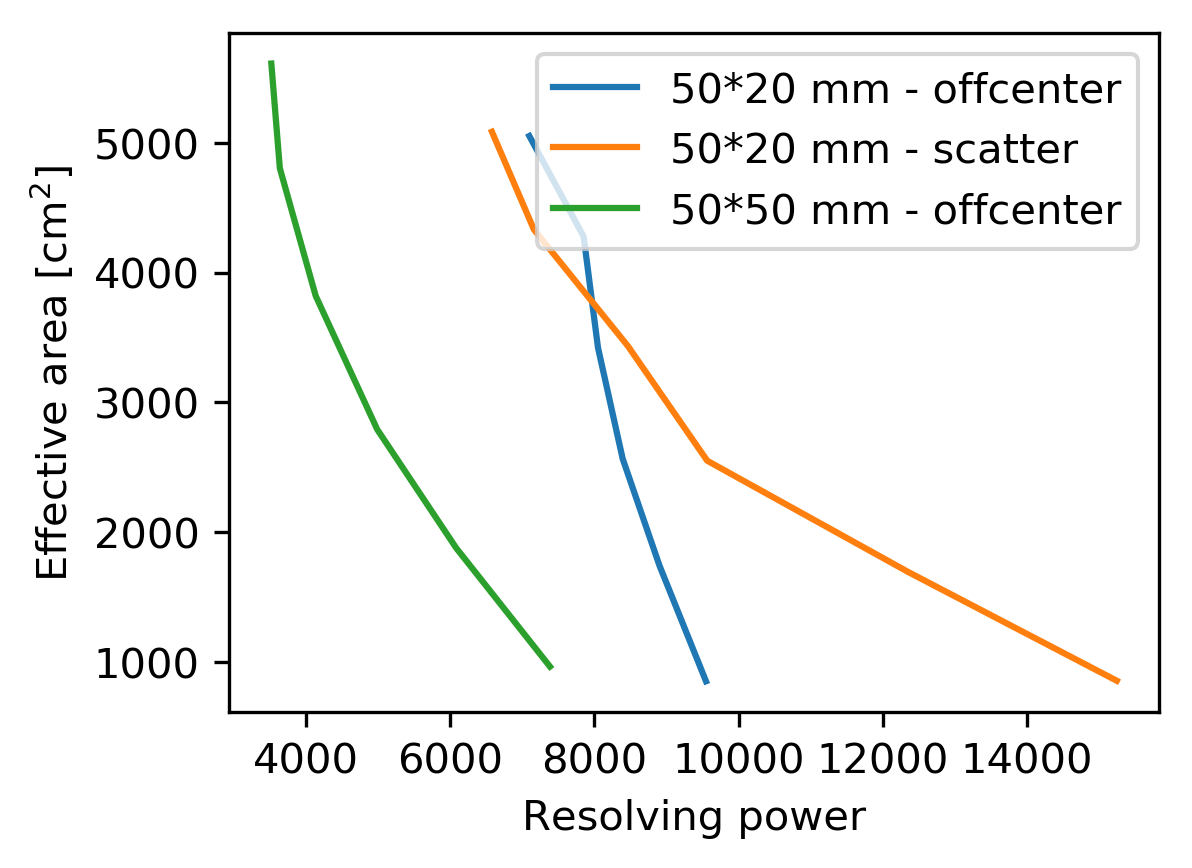
Can we have our cake and eat it, too?
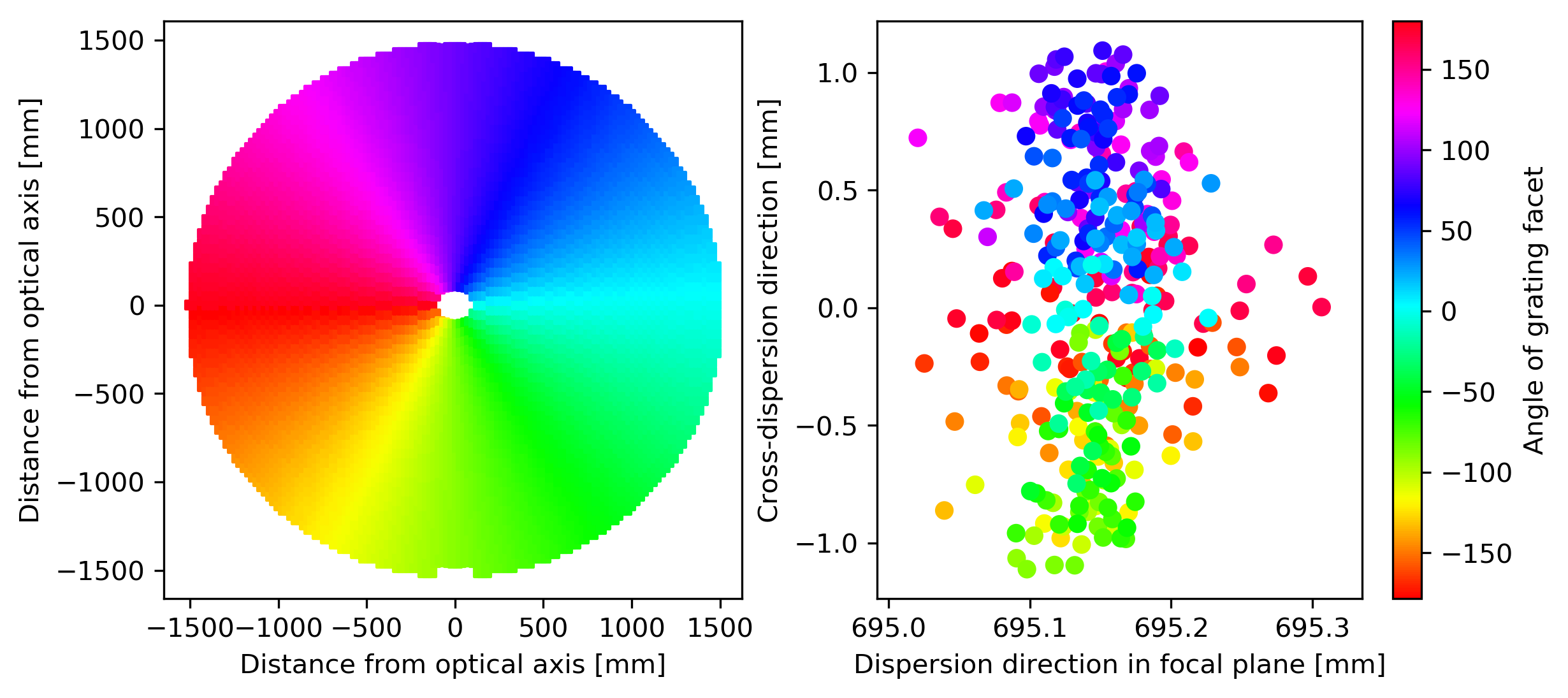

CCD placement
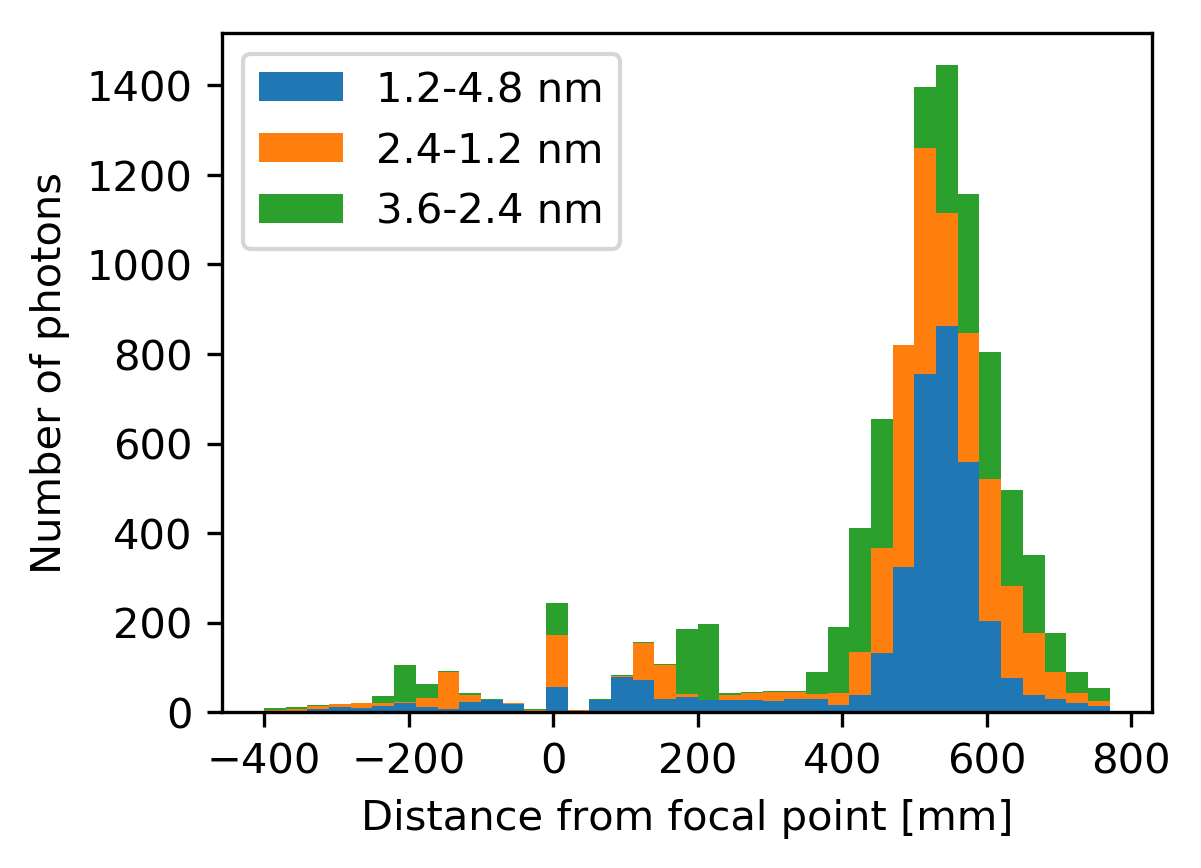
Effective area and resolving power
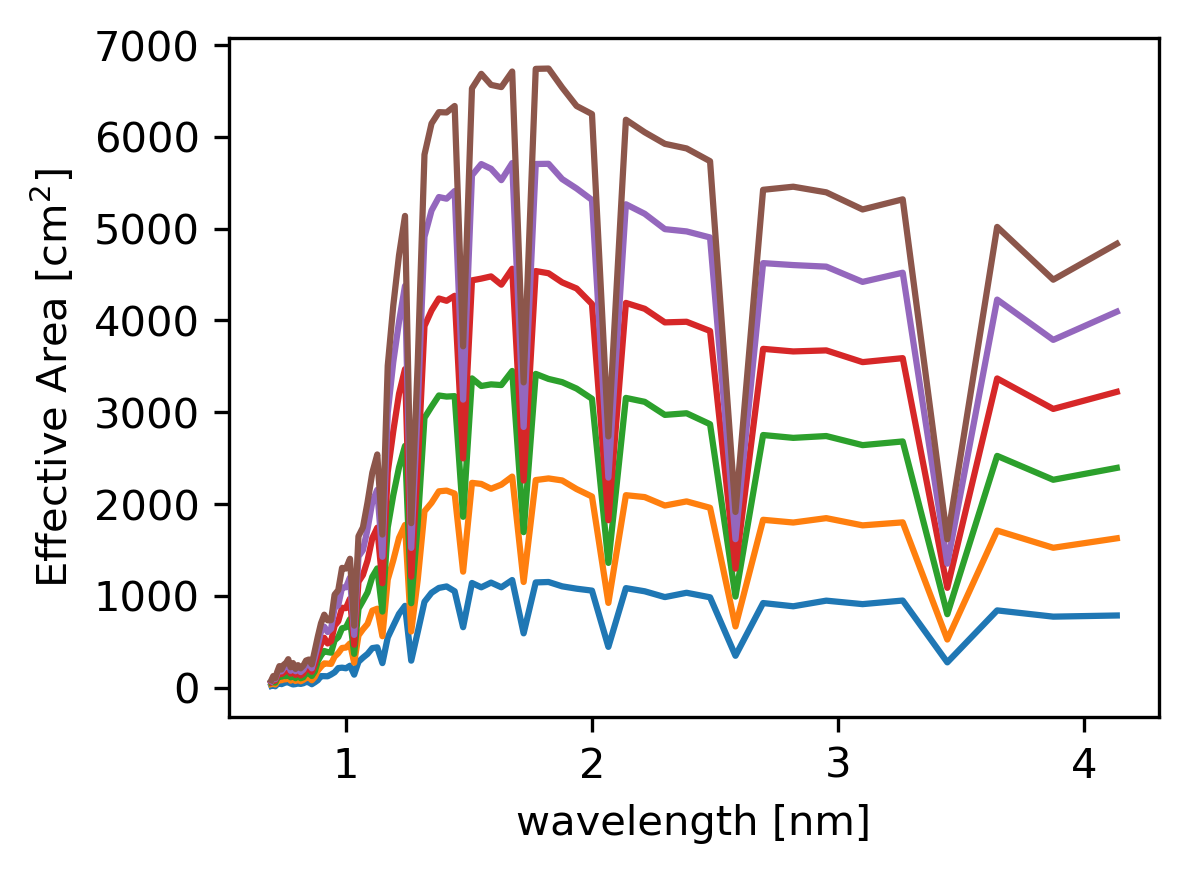
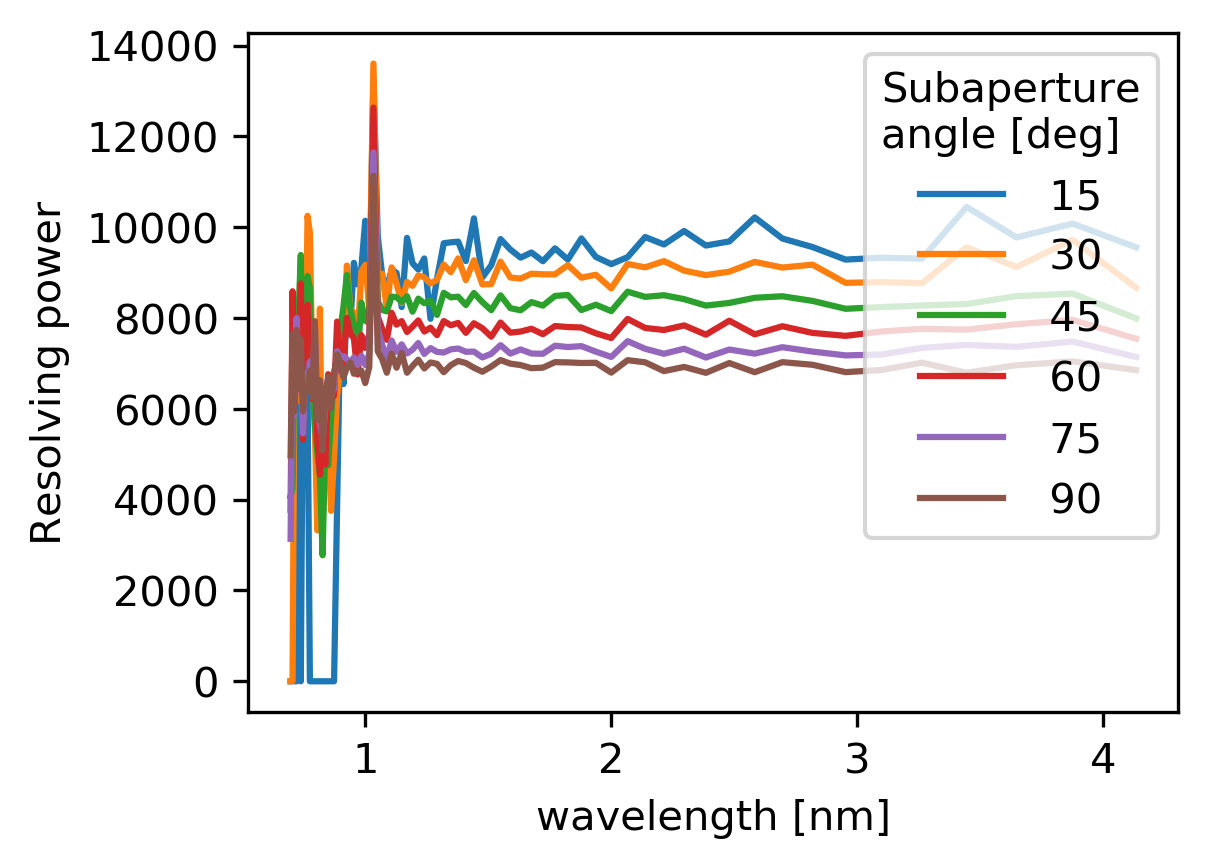
High-energy photons pass right through
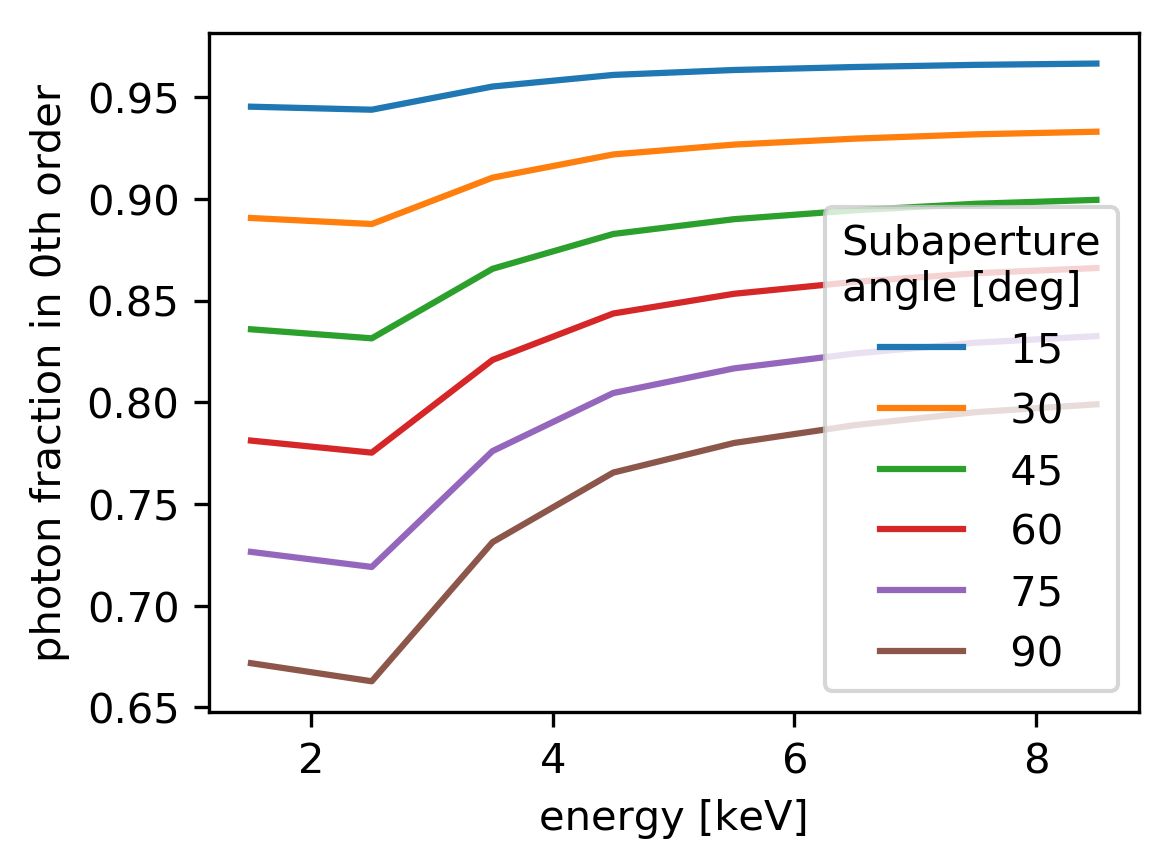
Summary
- CAT gratings can deliver the R, Aeff required by the Lynx science with (mostly) todays technology
- Alignment tolerances are very forgiving
- Trades and options:
- Chirped gratings
- Two traces
- Grating coating